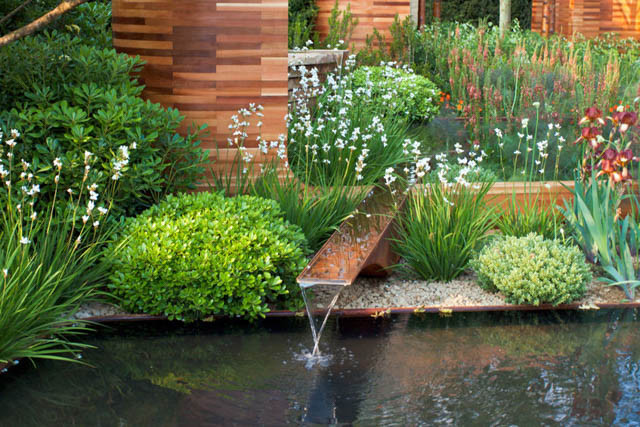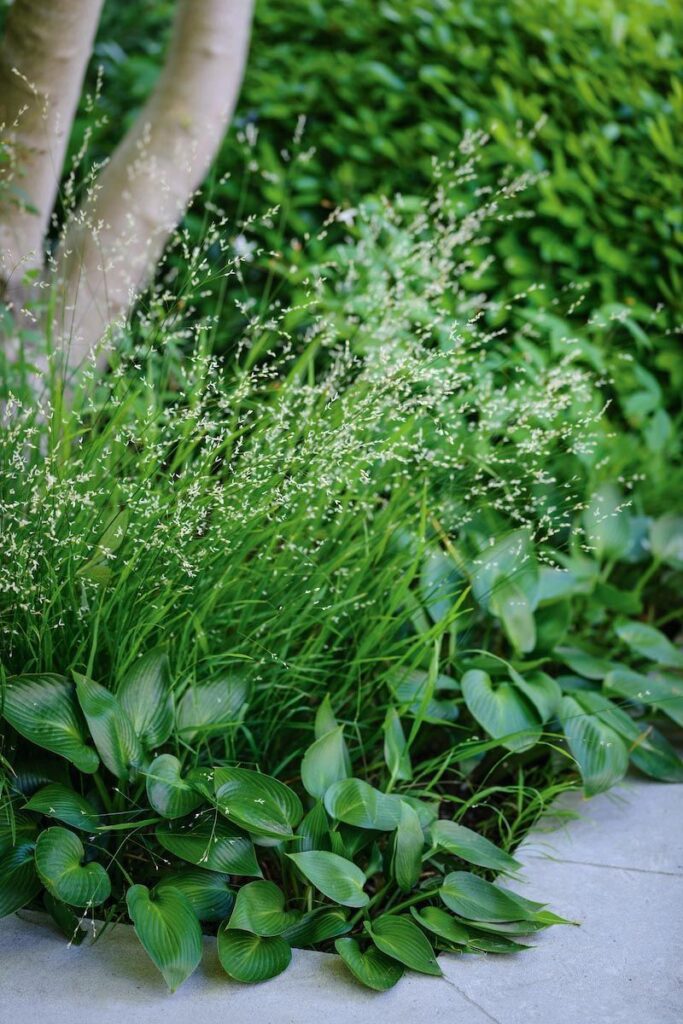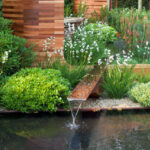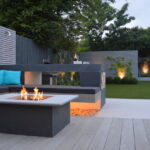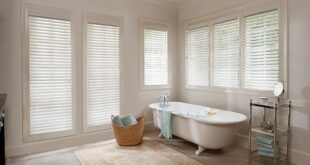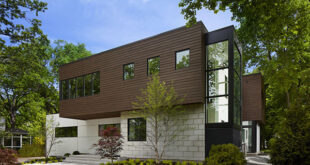Gardens have played a crucial role in human civilization for thousands of years. From the Hanging Gardens of Babylon to the intricate designs of Versailles, gardens have served as both a place of beauty and a reflection of the culture and values of the society in which they were created. In recent years, the traditional concept of gardens has evolved into a more contemporary landscape design that reflects the changing needs and values of modern society.
Historically, gardens were seen as a place of leisure and luxury, designed to showcase the wealth and status of their owners. In the Renaissance period, gardens were designed as extensions of the home, with geometric layouts, intricate parterres, and carefully pruned hedges. In the 18th and 19th centuries, the English landscape garden movement emphasized the natural beauty of the countryside, with sweeping lawns, meandering paths, and the incorporation of natural features like streams and trees.
However, as society has evolved, so too have our gardens. In the 20th and 21st centuries, there has been a shift towards more contemporary landscape design that reflects a more sustainable, environmentally conscious ethos. Modern gardens now focus on using native plants, creating wildlife habitats, and incorporating sustainable design practices such as rainwater harvesting and drought-resistant landscaping.
One key aspect of contemporary landscape design is the emphasis on creating outdoor spaces that are both visually stunning and functional. This means incorporating elements like outdoor kitchens, fire pits, and seating areas to create outdoor “rooms” that can be used for entertaining, dining, or relaxation. In urban areas, green roofs, living walls, and vertical gardens are becoming increasingly popular as a way to bring nature into the cityscape.
Another important trend in modern garden design is the use of technology to enhance the garden experience. Smart irrigation systems, programmable lighting, and automated mowing systems are just a few examples of how technology is being used to create more efficient and user-friendly gardens. Additionally, virtual reality and augmented reality are being used to help designers and homeowners visualize and plan their gardens before they are even built.
Overall, the evolution of modern gardens reflects a shift towards a more sustainable, functional, and technologically advanced approach to landscape design. By incorporating environmentally friendly practices, creating outdoor spaces that are both beautiful and usable, and embracing technology to enhance the garden experience, contemporary gardens are pushing the boundaries of what is possible in outdoor design. As we continue to adapt to the challenges of a changing climate and urban environment, the evolution of modern gardens will only continue to evolve and inspire new generations of designers and garden enthusiasts.
